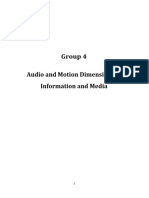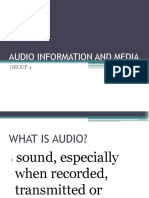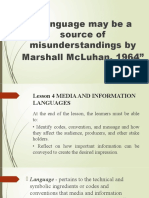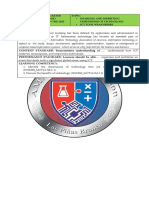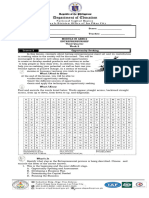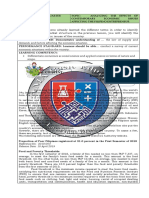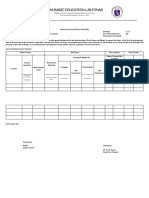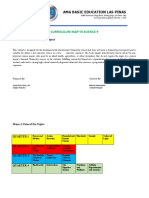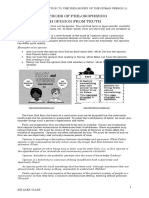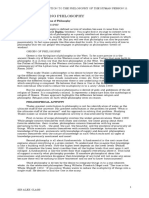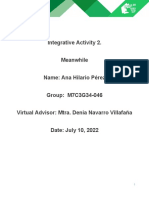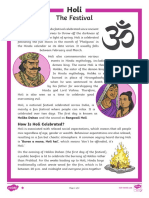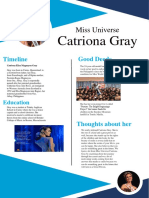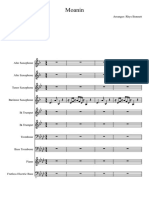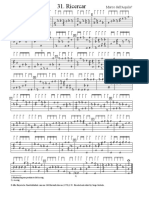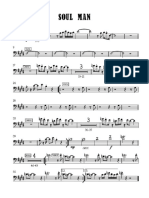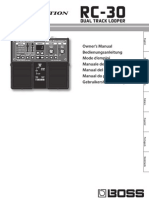0% found this document useful (0 votes)
2K views12 pagesModule 011 - Audio Information and Media
This document discusses audio information and media. It defines audio information as any sound or auditory impression processed by the brain. The main types of audio information are dialogues, lectures, news, podcasts, audiobooks, and music. It also identifies the people involved in creating audio information such as commentators, emcees, DJs, narrators, voice-overs, musicians, and music artists. Finally, it discusses audio media like radio, describing its history and role in Philippine culture.
Uploaded by
Alex Abonales DumandanCopyright
© © All Rights Reserved
We take content rights seriously. If you suspect this is your content, claim it here.
Available Formats
Download as PDF, TXT or read online on Scribd
0% found this document useful (0 votes)
2K views12 pagesModule 011 - Audio Information and Media
This document discusses audio information and media. It defines audio information as any sound or auditory impression processed by the brain. The main types of audio information are dialogues, lectures, news, podcasts, audiobooks, and music. It also identifies the people involved in creating audio information such as commentators, emcees, DJs, narrators, voice-overs, musicians, and music artists. Finally, it discusses audio media like radio, describing its history and role in Philippine culture.
Uploaded by
Alex Abonales DumandanCopyright
© © All Rights Reserved
We take content rights seriously. If you suspect this is your content, claim it here.
Available Formats
Download as PDF, TXT or read online on Scribd
/ 12
